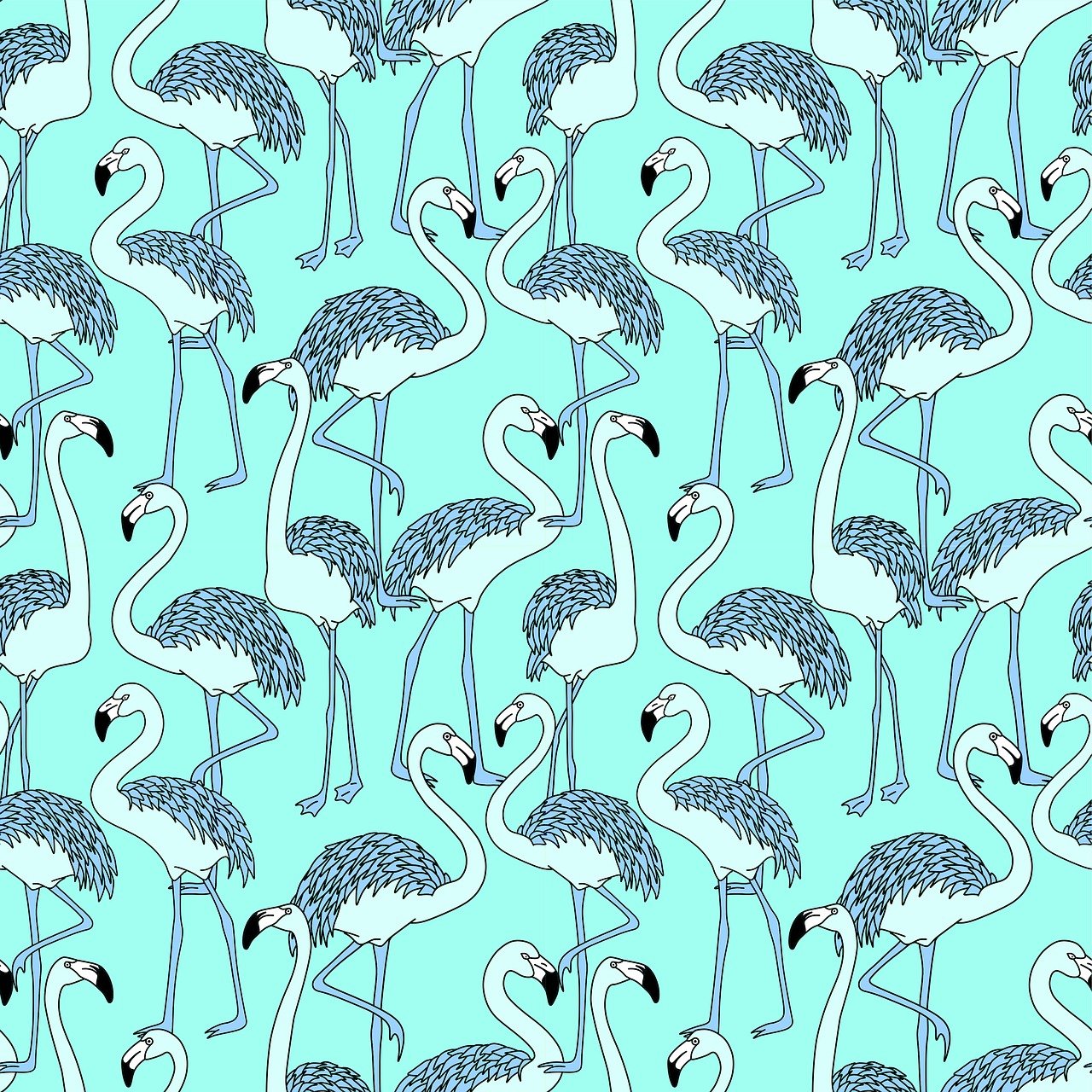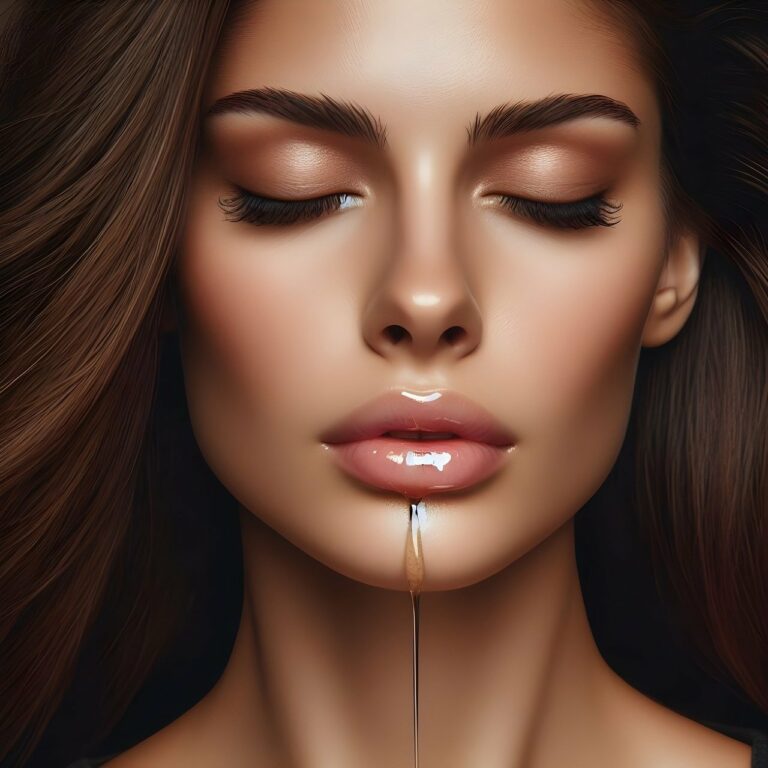Fashion and Travel: Exploring Style Influences from Around the Globe
Paris, known as the fashion capital of the world, is acclaimed for its timeless elegance and sophistication. The city’s fashion scene is characterized by haute couture houses and luxury brands that effortlessly blend classic styles with avant-garde designs. Parisian fashion exudes a sense of chic confidence, with an emphasis on tailored silhouettes and refined detailing that sets it apart from other global fashion hubs.
Milan, another prominent fashion capital, is renowned for its bold and glamorous aesthetic. Italian fashion is celebrated for its vibrant palettes, luxurious fabrics, and impeccable craftsmanship. Milanese style embodies a sense of drama and opulence, with a focus on statement pieces and attention-grabbing accessories that reflect the city’s rich artistic heritage and passion for creativity.
• Paris is known for its timeless elegance and sophistication
• Parisian fashion blends classic styles with avant-garde designs
• Milan is renowned for its bold and glamorous aesthetic
• Italian fashion features vibrant palettes, luxurious fabrics, and impeccable craftsmanship
• Milanese style embodies drama, opulence, and statement pieces
Cultural Influences on Fashion Trends
Fashion trends are intrinsically connected to the rich tapestry of culture. From vibrant colors and intricate patterns to unique silhouettes and innovative fabric choices, cultural influences play a vital role in shaping the ever-evolving world of fashion. Designers often draw inspiration from diverse cultural backgrounds, infusing their collections with elements that pay homage to traditions and customs around the globe.
Through fashion, cultural stories are told and traditions are celebrated in a modern context. By incorporating elements such as motifs, textures, and traditional techniques into their designs, fashion creators not only showcase their appreciation for different cultures but also create pieces that resonate with a global audience. This blending of cultural influences in fashion not only fosters creativity but also promotes diversity and unity in the fashion industry.
Traditional Garments and Their Modern Interpretations
Traditional garments hold a significant place in the rich tapestry of fashion history, often evoking images of heritage and cultural pride. With the advent of modern fashion sensibilities, designers have found creative ways to reinterpret these traditional pieces, merging the old with the new to create timeless and innovative designs. The essence of these garments remains intact, but they are infused with a contemporary twist that appeals to a new generation of fashion enthusiasts.
From the intricate embroidery of traditional kimonos to the vibrant colors of Indian sarees, traditional garments are being reinvented in ways that seamlessly blend tradition with modern aesthetics. Designers are incorporating elements such as unique fabric combinations, unexpected silhouettes, and innovative styling techniques to breathe new life into age-old pieces. This fusion of the old and the new not only preserves the cultural significance of these garments but also propels them into the forefront of the ever-evolving fashion landscape.
What are some examples of traditional garments from different cultures?
Some examples of traditional garments include the kimono from Japan, the sari from India, the hanbok from Korea, and the dashiki from Africa.
How have modern fashion designers incorporated traditional garments into their collections?
Modern fashion designers have incorporated traditional garments by using their silhouettes, patterns, and fabrics as inspiration for contemporary designs.
How do fashion capitals like Paris, Milan, and New York influence global fashion trends?
Fashion capitals like Paris, Milan, and New York influence global fashion trends by showcasing the latest styles on runways, influencing fashion editors and buyers, and setting the tone for upcoming seasons.
How can individuals incorporate traditional garments into their everyday wardrobe?
Individuals can incorporate traditional garments into their everyday wardrobe by mixing them with modern pieces, accessorizing with traditional jewelry or footwear, or wearing traditional garments in a casual or unexpected way.
What role do cultural influences play in shaping fashion trends?
Cultural influences play a significant role in shaping fashion trends by bringing diversity, heritage, and storytelling to the fashion industry, inspiring designers to create unique and authentic collections.







